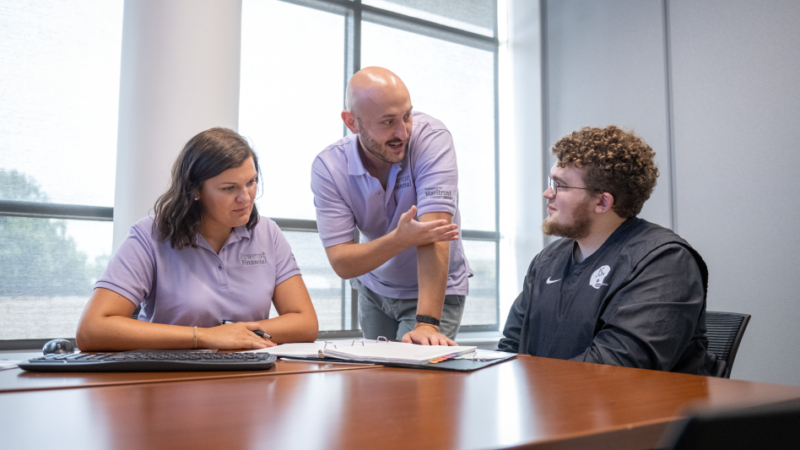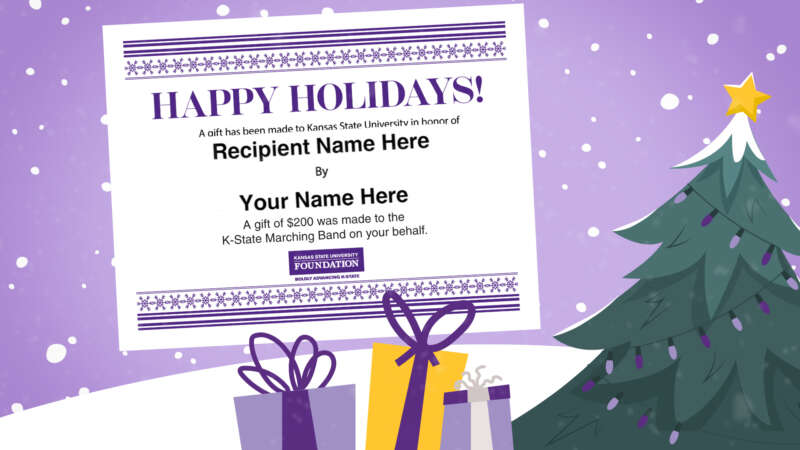Student finds support through digital textbook during field experience
For elementary education student Kali Poenitske, the many hours she spends learning at Kansas State University are preparing her to teach in a classroom of her own. With the accessibility and detailed information found in her Core Teaching Skills textbook, part of the Open/Alternative Textbook Initiative, also known as Textbooks 2.0, Kali can easily refer to what she learned in class and apply that to her work with students.
Lori Goodson, the professor of Core Teaching Skills and a co-author of the textbook used in the course, has created a way for her students to actively reinforce classroom learning through textbook reading. With specific examples, engaging connections to the field, interactive links and video examples, the textbook provides a unique advantage to traditional, finite textbooks.
“The Textbooks 2.0 initiative provides a convenient resource with all of the information I need for my class,” said Kali. “Because the teacher is also the author of the textbook, the textbook and the course go hand in hand, which allows for easier connections to the content. It is all useful, tangible, hands-on information which isn’t always the case with other textbooks I’ve bought for classes.”
A unique component of the Textbooks 2.0 initiative is accessibility. Within the College of Education, service-learning is an important opportunity for future educators to gain real-world classroom experience. With the help of Textbooks 2.0, Kali can easily access her textbook on multiple devices as a resource for answering questions and consulting best practices.
“There would be times I would encounter something in my field experience, and once I left, I could hop on my phone, pull up my textbook and reread the section about whatever I was struggling with,” said Kali. “Since these textbooks are so specific to each class, and each class to my major, I was able to see real-world application. Each chapter gave me new insight on how to better myself for my students.”
Affordability is a major advantage provided by Textbooks 2.0. While some textbooks cost students hundreds of dollars, Textbooks 2.0 allows students to invest money into other professional resources. For Kali, she can repurpose this money to cover the cost of licensure exams and classroom materials to benefit her future students.
Affordability was especially important in a year that presented unique challenges due to COVID-19. Without normal classroom instruction, the Textbooks 2.0 initiative provided Kali with a sense of reassurance.
“There were many unknowns this year because of COVID. Thankfully, it was not a question if I would be able to have the necessary resources for my classes or not ─ because of the Textbook 2.0 Initiative,” said Kali. “Having free, online access to my textbook provided a sense of relief, and it was one thing I didn’t have to worry about in the midst of all of the questions surrounding COVID.”
Written by: Ariana Brancato






